Note
Access to this page requires authorization. You can try signing in or changing directories.
Access to this page requires authorization. You can try changing directories.
Note
Bing Maps Web Control SDK retirement
Bing Maps Web Control SDK is deprecated and has been retired for all free (Basic) account customers. Enterprise account customers can continue to use Bing Maps Web Control SDK until June 30th, 2028. To avoid service disruptions, all enterprise account customers using Bing Maps Web Control SDK will need to be updated to use Azure Maps Web SDK by June 30th, 2028. For detailed migration guidance, see Migrate from Bing Maps Web Control SDK and Migrate Bing Maps Enterprise applications to Azure Maps with GitHub Copilot.
Azure Maps is Microsoft's next-generation maps and geospatial services for developers. Azure Maps has many of the same features as Bing Maps for Enterprise, and more. To get started with Azure Maps, create a free Azure subscription and an Azure Maps account. For more information about azure Maps, see Azure Maps Documentation. For migration guidance, see Bing Maps Migration Overview.
This enumeration is used to specify the shape of data bin rendered in the layer. This enumeration is specified as Microsoft.Maps.DataBinType.[Name] where Name can be any of the following values.
| Name | Description | Example |
|---|---|---|
circle |
Renders data bins as circles in a square grid. | 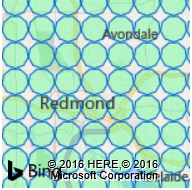 |
hexagon |
Renders data bins as hexagons with a flat top edge. | 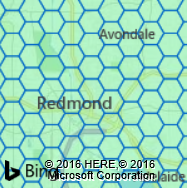 |
hexCircle |
Renders data bins as circles in a hexagonal grid. | 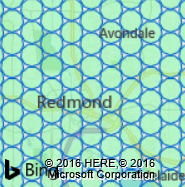 |
pointyHexagon |
Renders data bins as hexagons with a pointy top corner. | 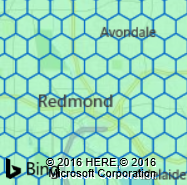 |
square |
Renders data bins as a square grid. | 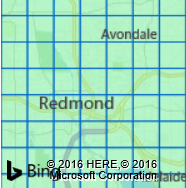 |